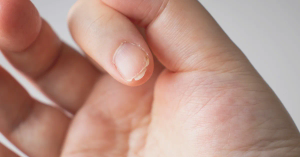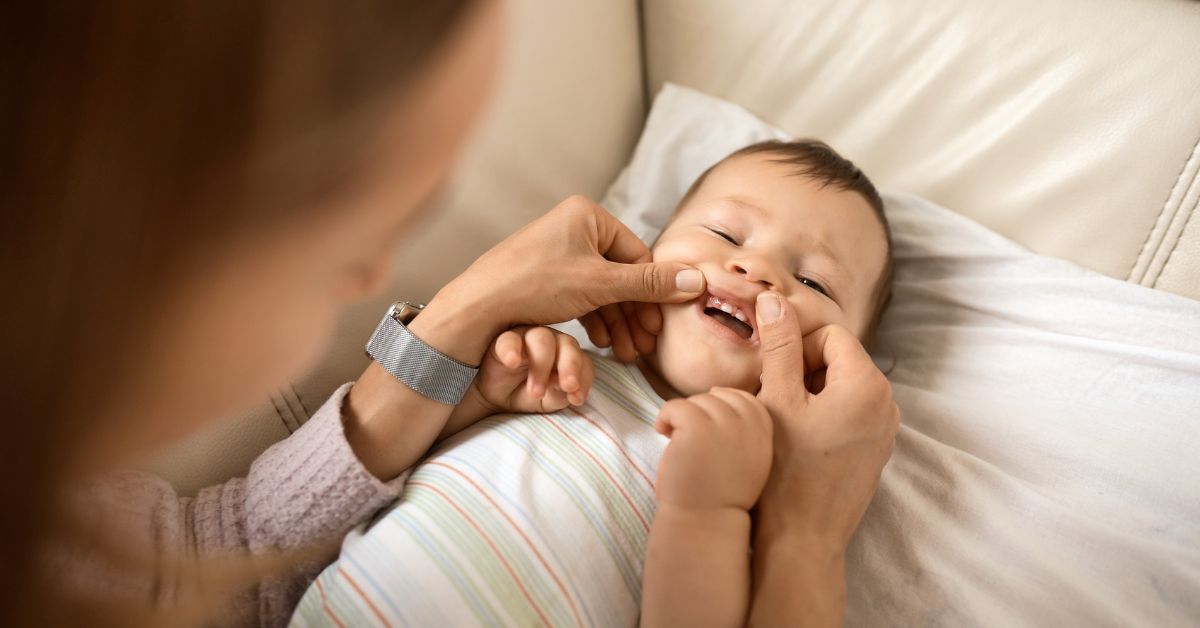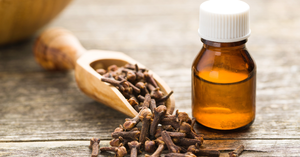Why Is Brushing Important for Kids?
Brushing is the key to healthy teeth and a bright smile! It helps remove food particles, plaque (a sticky layer of bacteria), and germs that can cause cavities and gum disease.
Good brushing habits from a young age help:
• Prevent cavities – Regular brushing removes sugar and bacteria that cause tooth decay.
• Keep gums healthy – Clean teeth mean strong, pink gums without swelling or bleeding.
• Freshen breath – Nobody likes bad breath! Brushing keeps little mouths smelling fresh.
• Build lifelong habits – Kids who learn good oral hygiene early keep their teeth healthy as they grow.
When Should Kids Start Brushing?
Dental care should begin even before the first tooth appears!
• Newborns: Wipe gums with a soft, damp cloth after feeding to remove milk or formula residue.
• First tooth (around 6 months): Start brushing with a soft, baby-friendly toothbrush and a tiny dab of fluoride toothpaste.
• Age 3 and above: Kids can start using a pea-sized amount of toothpaste and learn to spit it out after brushing.
• By age 6 or 7: Children can brush on their own with supervision to ensure they do it properly.
Best Brushing Techniques for Kids
Follow these simple steps to make brushing effective and fun!
1. Choose the Right Toothbrush
• Pick a soft-bristled toothbrush with a small head to fit tiny mouths.
• For toddlers, use a finger brush or an extra-soft baby toothbrush.
• Let kids choose their favorite color or cartoon-themed brush to make brushing exciting!
2. Use the Right Amount of Toothpaste
• Under 3 years old: A tiny smear (the size of a grain of rice).
• 3–6 years old: A pea-sized amount.
• 6+ years old: A normal amount, like adults, but with supervision.
3. Follow the Correct Brushing Technique
Teach kids to brush properly with these simple steps:
• Hold the toothbrush at a 45-degree angle to the gums.
• Use gentle, circular motions to clean all tooth surfaces—front, back, and chewing areas.
• Brush for at least 2 minutes twice a day—morning and night.
• Don’t forget the tongue! It helps remove bacteria and keep breath fresh.
4. Make Brushing Fun
Some kids find brushing boring, but these tricks can turn it into an exciting routine:
• Sing a brushing song or play a 2-minute brushing video.
• Use a timer to make sure they brush long enough.
• Let them brush a stuffed toy’s teeth before brushing their own.
• Reward good brushing habits with stickers or praise.
5. Supervise and Help Until They Get It Right
Most kids need help brushing until at least age 7. Parents should:
• Check if all teeth are clean after brushing.
• Encourage them to spit out toothpaste, not swallow it.
• Brush along with them to set a good example.
Common Brushing Mistakes to Avoid
Even with good intentions, kids (and parents!) can make brushing mistakes. Watch out for:
• Brushing too hard – This can hurt gums and wear down enamel. Teach kids to brush gently.
• Not brushing long enough – Two minutes is the golden rule for proper cleaning.
• Skipping the back teeth – Cavities often start in hard-to-reach molars, so make sure they get cleaned!
• Not changing toothbrushes – Replace every 3 months or when bristles look worn.
Flossing and Mouthwash: When to Start?
Flossing
• Start flossing as soon as two teeth touch (usually around age 2–3).
• Use kid-friendly flossers with handles to make it easier.
• Help them floss until they can do it themselves, usually around age 7–8.
Mouthwash
• Only for kids above age 6 who can spit it out properly.
• Choose an alcohol-free mouthwash with fluoride for extra cavity protection.
Healthy Habits for Strong Teeth
Besides brushing, good daily habits help keep little teeth strong:
• Eat tooth-friendly foods – Crunchy fruits and veggies (like apples and carrots) help clean teeth naturally.
• Limit sugary snacks and drinks – Too much sugar can cause cavities, so avoid candies, sodas, and sticky sweets.
• Drink plenty of water – Water rinses away food particles and keeps the mouth hydrated.
• Visit the dentist twice a year – Regular check-ups catch problems early and keep teeth in top shape.
Fun Dental Activities for Kids
Help kids enjoy oral care with these fun ideas:
1. Toothbrushing Chart
• Make a weekly brushing chart with stickers as rewards for brushing twice a day.
• Offer a small prize at the end of the week for perfect brushing!
2. DIY Toothpaste Experiment
• Mix baking soda, coconut oil, and a drop of peppermint extract to create a fun homemade toothpaste!
3. Cavity Monster Storytime
• Tell a story about “Cavity Monsters” hiding in their teeth, and how brushing scares them away!
When to See a Dentist
Take your child to a pediatric dentist if you notice:
• Tooth pain, sensitivity, or dark spots (possible cavities).
• Swollen, red, or bleeding gums.
• Difficulty chewing or bad breath that won’t go away.
• A loose tooth (before the natural age for losing baby teeth).
Final Thoughts
Brushing is the foundation of a healthy, happy smile for kids! By using the right techniques, making brushing fun, and encouraging good habits, parents can help their children develop strong teeth that last a lifetime.
Start early, be consistent, and turn oral care into an exciting part of your child’s daily routine. After all, little teeth deserve big, bright smiles!








